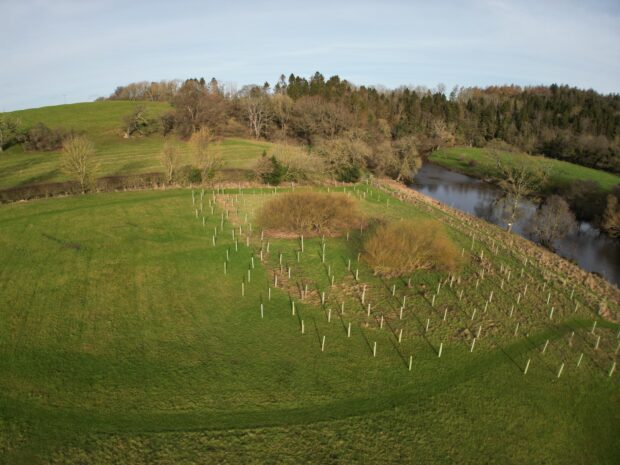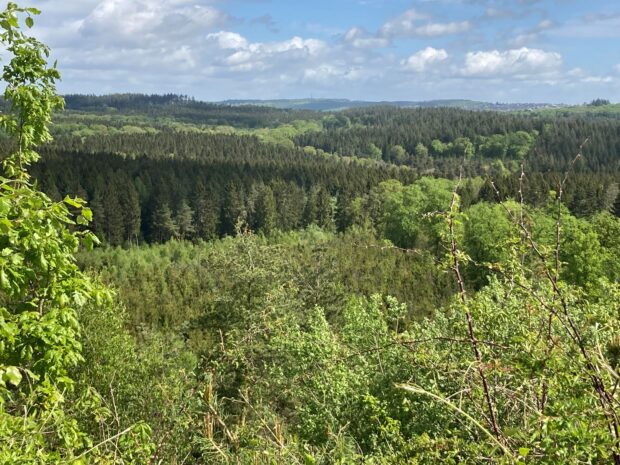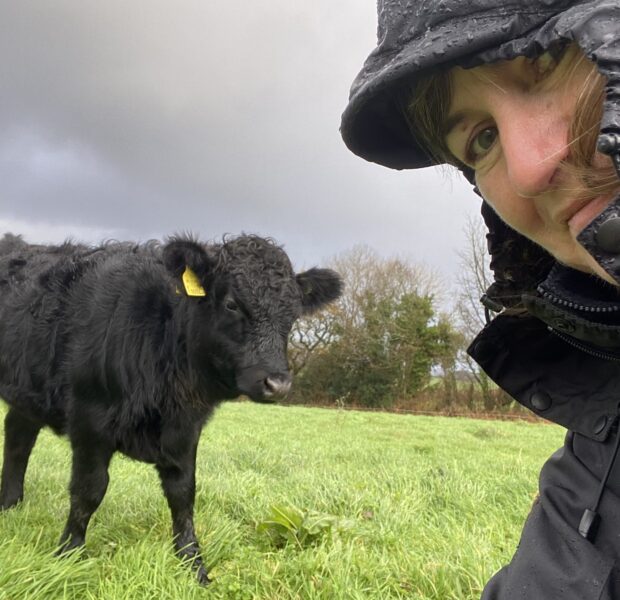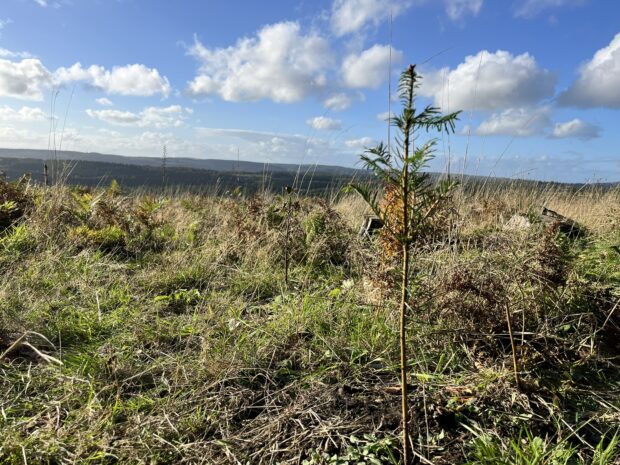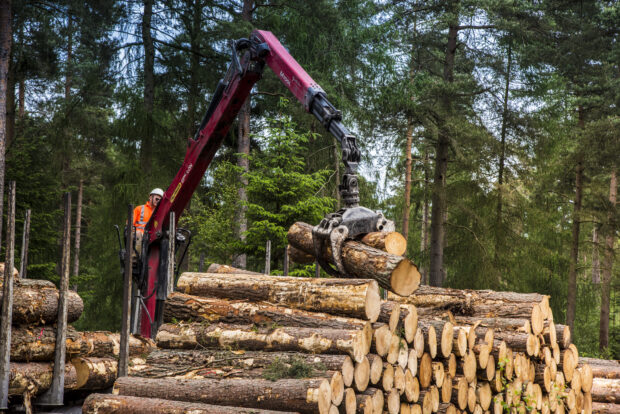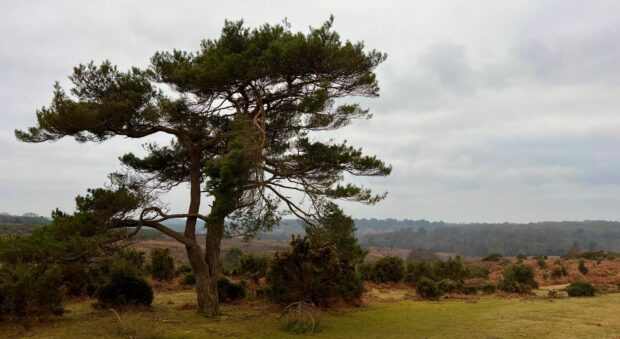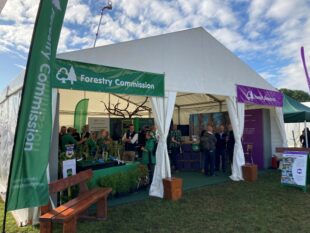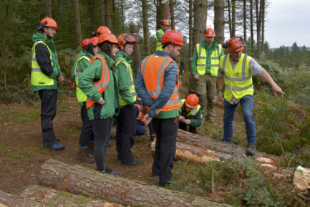Search results for VIPREG2024 1xbet promo code india today Sri Lanka
...Forestry Commission, an organisation still thriving today, and their centenary gives us an excellent platform to plan for the next 100 years. In the shadow of the First World War,...
...they planted 100 acres of trees, transforming their farm into a thriving hub for endurance runs, a forest school and more. Today, Cattows is not just a farm but a...
...like tool handles to large diameter “standard” trees for timber. These methods created diverse, multi-aged native woodlands that supported rich biodiversity and are still utilised today. By 1900, however, woodland...
...and woodland plants. Trees and evergreen shrubs provide shelter from the Dartmoor wind and rain, although today they don’t appear to mind! Group of Dexter cows sitting in an open...
...to meet carbon capture targets. For instance, 10ha of Douglas fir (a popular coniferous tree that grows well in the UK) planted today would produce around 4,000 (4180) m3 of...
...wildlife promoting healthier forests that capture and store carbon, supporting the fight against climate change encouraging the adoption of technologies and best practices that minimise waste and promote resource efficiency,...
...to be collected in a mixed woodland in the Forest of Dean. Crown copyright Fostering innovation The timber industry today combines traditional practices with modern innovations to tackle contemporary challenges...
...good markets today. Producing hardwood timber takes longer and requires greater investment, planning and patience than is the case for softwoods. However, the rewards can be incredibly satisfying and fruitful...
...open forest. The practice of ‘commoning’ has made the character of the forest what it is today, as well as shaping the landscape and ecology. Ponies, cattle, donkeys, sheep and...
...valuable today, it’s essential for the future. As agroforestry grows, so does the need for training and education, though skill gaps remain a barrier to wider adoption. There are promising...

